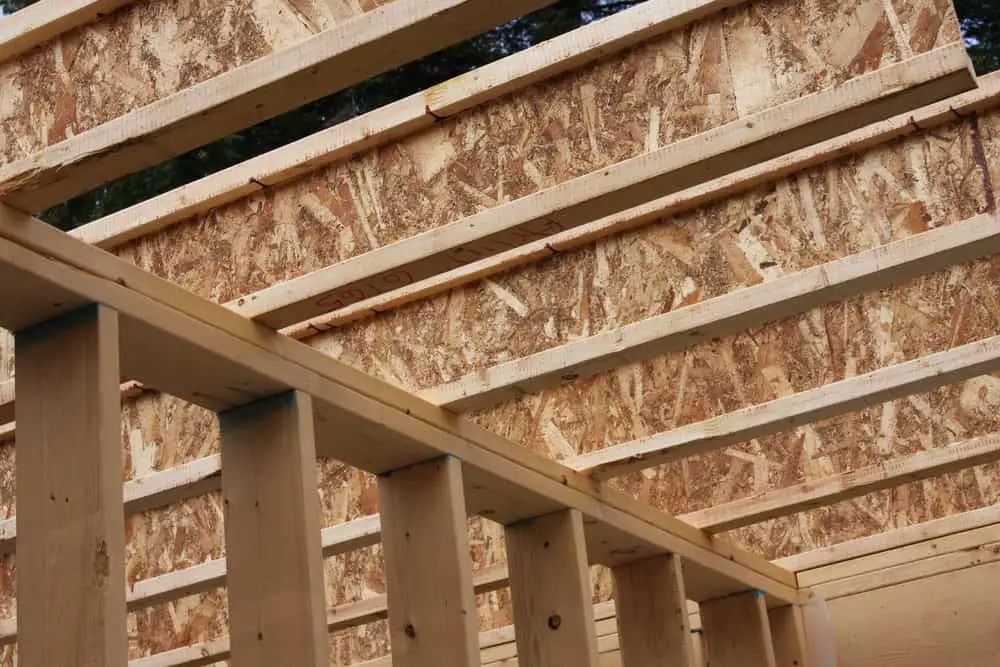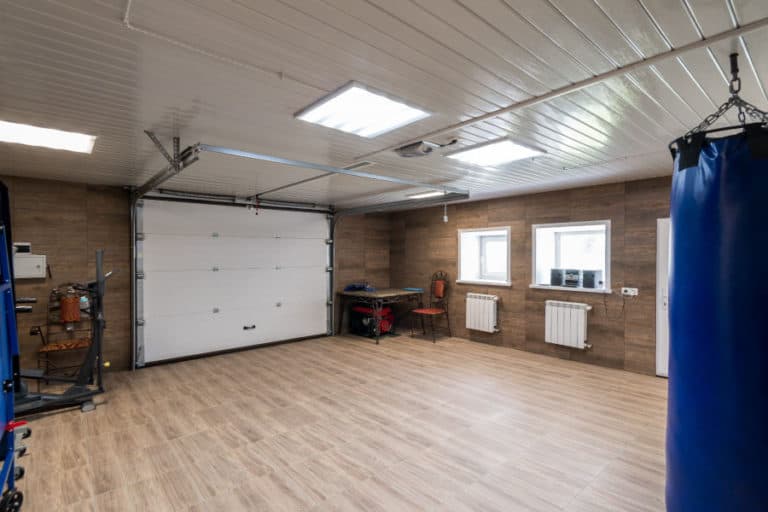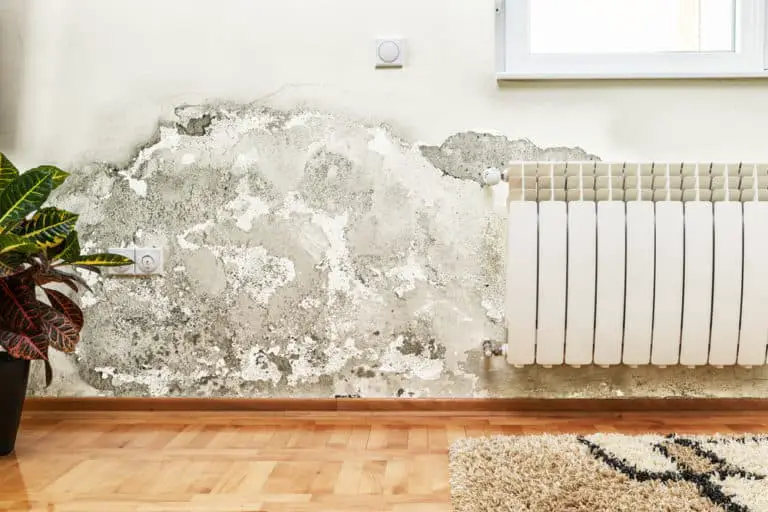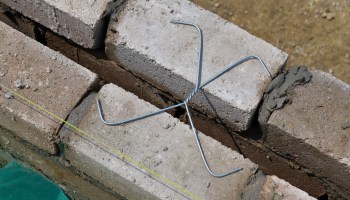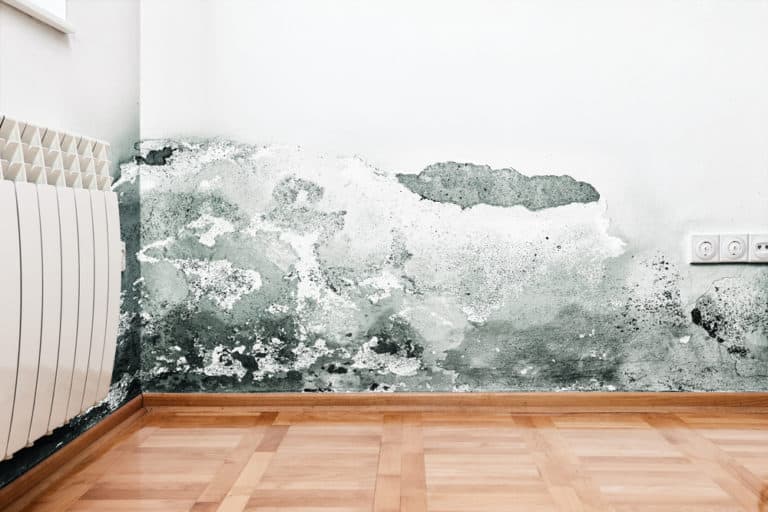Do Stud Walls Need Noggins?
Stud walls are a common staple in any home. The prominent members that hold up the wall are the studs and the noggings. The question now is if you can skip installing the noggins to make the wall’s construction much faster.
It is highly recommended that your stud wall has noggins installed between the studs if your stud wall is load-bearing. Noggins help make the stud wall more rigid, which prevents the studs from moving about or warping. Non-load-bearing stud walls do not need to have noggins, but they still have some use for them.
Read on as we’ll be going into how noggins are framed into stud walls and their numerous benefits.
Noggins: A brief overview
Noggins are more than just lateral supports for your stud walls. There are many configurations for noggins that allow them to counter a particular type of force, either tension or shear. The most common usage for them is to prevent buckling, which happens when a structural member receives forces from an angle.
Often, there are two sets of noggins on the partition between the studs. This reinforces the stud wall again and provides wood that can be used to fasten boards, which is especially useful for the heavier types.
Noggins are cut based on the measurement of the distance between two studs. The height is made at either the top of the studs or at the bottom. It’s measured like this because these parts of the studs don’t warp, so following that measurement will help ensure that the entire stud will be aligned once the noggins are installed.
The distance between noggins is typically around 18 inches (450mm). The height of most walls in a home is approximately 8 ft – 9ft in size, so you’ll need to install four noggins per partition.
The thickness of your noggins should be around the same thickness as your studs. This is so that it uniformly presses against your stud instead of a concentrated area.
How are loads transmitted throughout a wall?
This is a related topic to why it’s essential to reinforce structural members, so we feel like we should also get into this briefly.
In a home’s structural system, walls and columns support the slab above it. Depending on the size of that slab, its weight can be held up by either beams, columns, or walls to prevent sagging.
Walls being a structural member is not that common. It’s much more expensive to construct a load-bearing wall than building columns that can get the same job done. A load-bearing wall’s main benefit is the fire resistance and durability that it provides compared to non-load-bearing walls. They also offer a “cleaner” design since you can get away with not placing columns at specific parts of a house; this is especially useful for large-sized rooms.
With all this said, how it works is that it will receive weight from the top of the wall, and the forces from that weight will always be going towards your foundation. The problem is that not all weight is uniform, people are using this slab, and certain parts will have more weight than others.
This leaves engineers with a challenge to make sure that your load-bearing walls can handle different types of forces( compression, tension, and shear). For context, columns usually have rebars and ties to supports their function of taking these forces. If you think about it, noggins act as the ties for a stud wall that is load-bearing.
When working with walls, you should find out if it’s load-bearing or not. It’s a big problem if your home loses a structural component because the forces will be redistributed to other members who weren’t supposed to receive additional weight.
Why do stud walls need noggins?
Generally, wooden studs are the most common stud type due to the affordability and availability of wood as a material. Wood is an excellent material considering its price range and workability; however, it does come with downsides.
These are the two main cons of using wood as a material for your studs:
- Wood can fail in a lot of ways.
If not treated properly or not installed properly, wood can either warp, twist, expand, shrink, or even crack. This is where noggins come in to prevent this from happening. Wood is not particularly strong compared to other materials, which makes up for workability and ease of installment, so expect that you’ll need to use more of it.
- Wood is an organic material.
Wood is prone to decay and is highly sensitive to its environment. This implies that its strength will eventually fail faster than inorganic materials like steel or concrete over time. Noggins help make your walls last longer through the additional reinforcement that it provides to them.
Despite this, wood still has many more benefits, such as being easy to work with( easy to change its dimensions and shapes), affordable, and readily available.
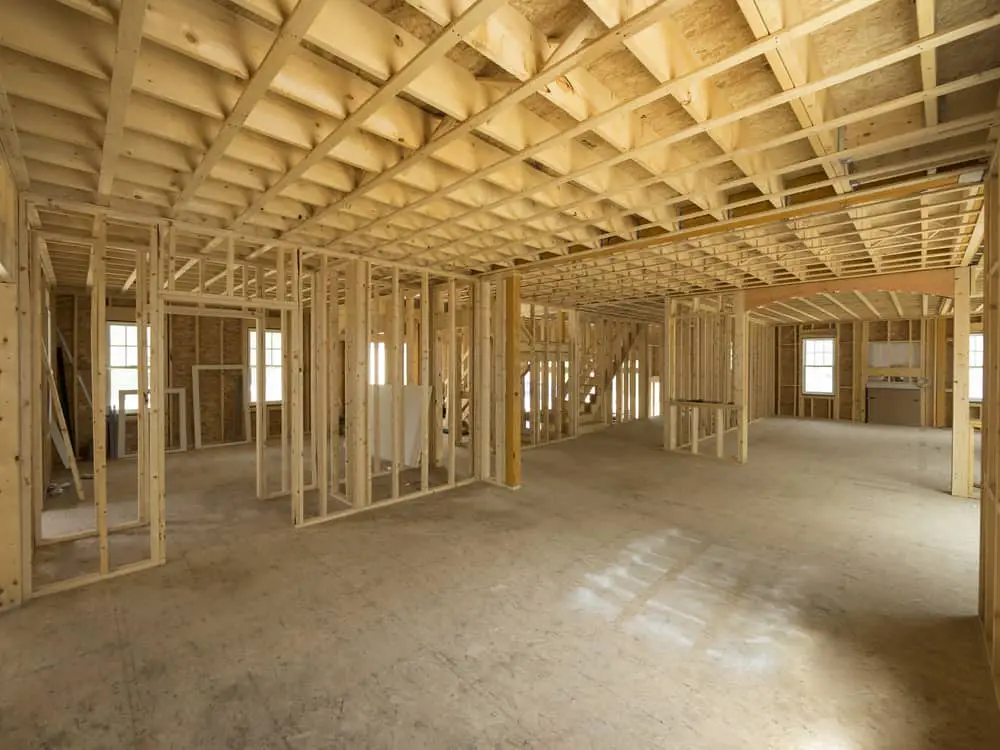
Benefits that noggins provide for your wall
Aside from supporting the studs, noggins also make your walls more practical and help make them more compliant.
Here are the numerous benefits that noggins provide for your wall:
- It gives more wood within the wall
Having more wood on the wall gives you more points to fasten appliances on your wall. This is great if you plan on attaching things like cabinets, closets, counters, etc., to your walls.
- Noggins help in being compliant.
You need to do so many things to make a building compliant with your local building code. From making sure the wall is built correctly to adding in the suitable finishes, noggings help in this case because the building code assumes that you’ll have them installed. Finishes, insulation, and utilities should fill right in along with your noggings.
- Noggins make construction easier.
As we have frequently been mentioning in this article, noggins keep your studs stable.
During construction, this helps out a lot by ensuring that your noggins are lined up how they’re supposed to be.
Do stud walls with a steel frame need noggins?
Yes, even steel frame stud walls need to have noggings. As we mentioned earlier, noggins help your walls be compliant with different codes.
Steel frames will require fewer noggins. Most designs only have one row of noggins running through the stud wall. Steel is much stronger than wood and less susceptible to twisting and turning.
When are noggins not required?
Noggins are not required for walls with a height of fewer than 2.5 meters ( around 7 feet). These walls are so short that the wood should be able to hold up on its own easily.
Aside from that, these types of walls are also usually located in non-essential areas considering their size. You can often find them in places such as below your stairs, on your attic, in a crawlspace, etc.
If you’re building walls on these parts, studs and plates should be enough.
Conclusion
Noggings are a must-have for every stud wall. They provide numerous benefits in making the wall stronger, making the wall more durable, and making the wall more beneficial for your home. They help the studs maintain their shape and also make construction much more manageable.
Even if walls are usually not designed as a structural material, they’ll need reinforcement to hold their weight correctly.
Sources
https://www.rondo.com.au/about/media/blogs/do-you-know-why-you-need-noggings/
https://www.yourhome.gov.au/materials/lightweight-framing
http://www.aussteel.net.au/wp-content/uploads/2015/10/Wall-Frame-Installation-Guide-V1.4-2015.pdf

